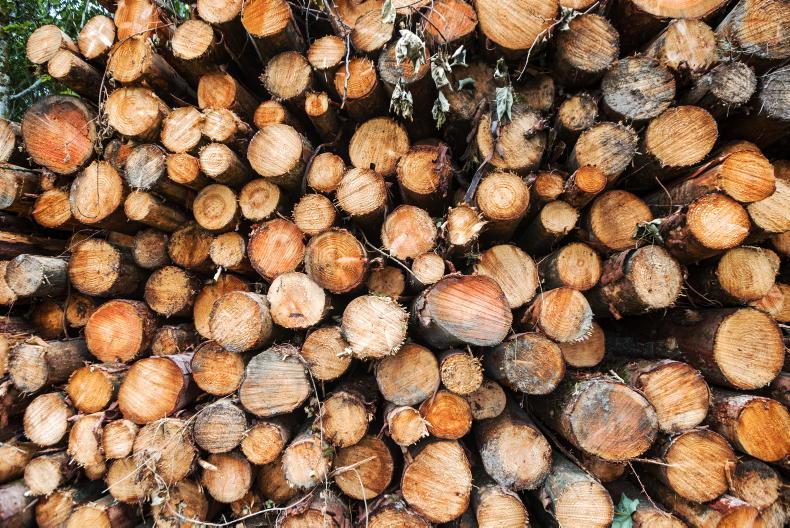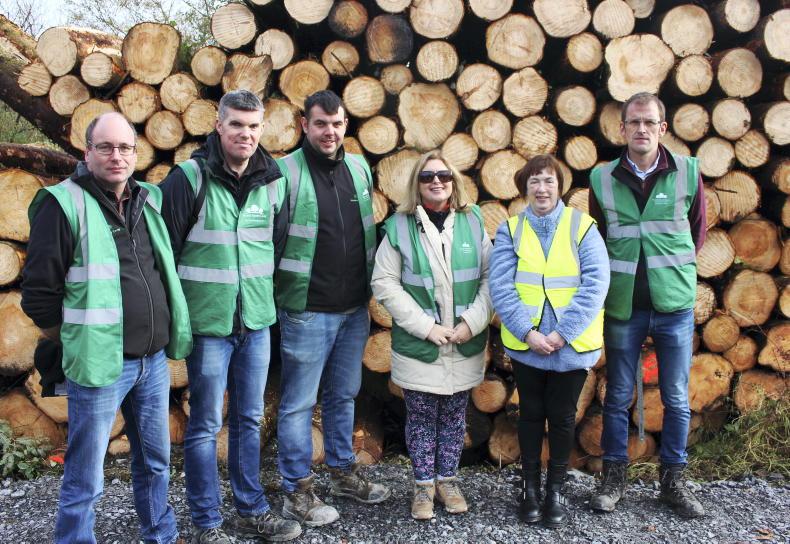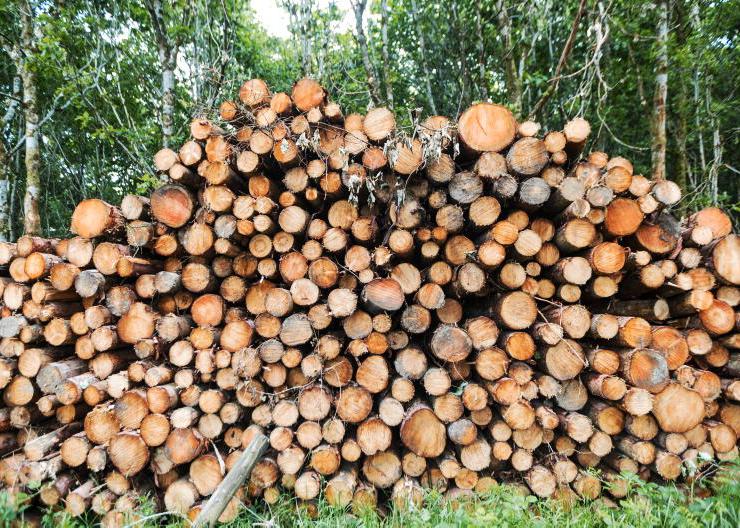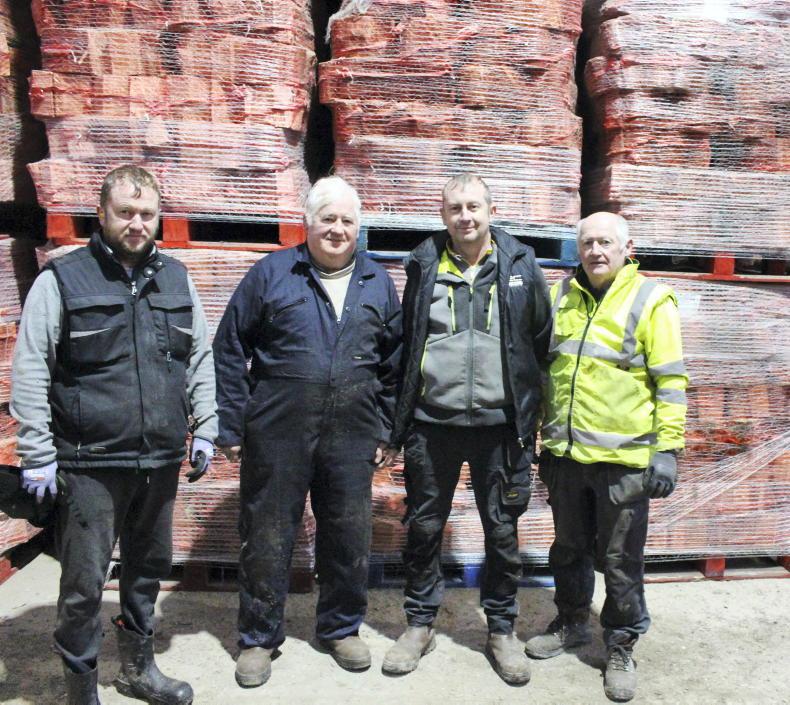The findings of a recent study on the economics of afforestation in Ireland provide a “timely reminder” of the need to “accelerate the rate of tree planting in Ireland”, Jim Mackinnon has said.
Mackinnon carried out a sweeping review of the Irish forestry sector in 2019 and was referring to the The Economics of Afforestation and Management in Ireland: Future Prospects and Plans report carried out by University of Galway’s Professor Cathal O’Donoghue.
“The meticulous analysis which supports the findings and recommendations in this report provide a timely reminder – if one was needed – of the need to accelerate the rate of tree planting in Ireland,” he said.
He pointed to the consequences of not achieving a viable afforestation programme, while acknowledging the challenges that have faced the sector since he lodged his report to Government in November 2019.
“While the pandemic and other factors provided a challenging context for new woodland creation then, unless there is a significant and sustained increase in the rate of planting, the Government’s commitment to carbon net zero by 2050 will not be met,” he said.
Defining report
The new report has been called “a defining report on Irish forestry and agriculture” by Pat O’Sullivan, technical director of the Society of Irish Foresters.
The report maintains that annual afforestation needs to increase to 18,000ha to achieve net zero by 2050 because planting has fallen as low as 2,000ha in recent years.
“The further this target is missed, the greater will be the need to deliver reductions from other sources including agriculture,” the report states. “It is now almost three years since the Mackinnon Review was presented to Government with 18 recommendations to achieve a viable forestry programme,” said O’Sullivan.
“Only three of these have been implemented and, crucially, none of the recommendations to achieve a viable afforestation programme have been carried out.”
“The Mackinnon Review in Ireland was similar to a report carried out by Jim Mackinnon in Scotland, which was influential in increasing annual Scottish afforestation from 4,000ha in 2016 to over 11,000ha within three years,” explained O’Sullivan.
Prof O’Donoghue maintains that “lessons drawn by the Mackinnon report in relation to the Scottish context should be applied in Ireland”.
He says Mackinnon identified a “lack of political commitment and priority from the Irish Government to woodland creation”.
O’Donoghue also questions the location of forestry in the Department of Agriculture, Food and the Marine.
“As the relative importance of the carbon sequestration goal of the sector increases, it is timely that a review is done of the best Department location for forestry to achieve national carbon neutrality goals and to give the sector an added political impetus.”
A vital element in Prof O’Donoghue’s report is putting a value on carbon and paying farmers, who opt for forestry
He said the “unique circumstances faced by the sector and the large societal benefits that the sector can deliver” called for further “new governance structures such as establishing a forestry development agency to undertake a leadership role in developing the sector and to co-ordinate and deliver actions within the sector”.
“A vital element in Prof O’Donoghue’s report is putting a value on carbon and paying farmers, who opt for forestry,” said Donal Whelan, director of the Irish Timber Growers Association.
“The report has highlighted the need to link afforestation public good payments to carbon prices which will be critical, in addition to developing alternative financial instruments to deliver upfront payments in carbon sequestration schemes.”
A key message of the report, according to Marina Conway, CEO of Western Forestry Co-op, is the need to integrate afforestation with all agricultural schemes in the next CAP.
“Lessons need to be learned from the last CAP where less than 2% of the participants in GLAS engaged in the afforestation scheme,” she said.
“The report clearly outlines that the higher the area that is afforested, the lower the reduction in animal numbers required to meet national carbon neutrality targets.”
Whelan agreed that forestry should be aligned with CAP to reflect the joint forestry and agriculture decision-making that happens on farms.
“It is clear from the report’s findings that many farms can benefit from planting forestry financially,” he said.
Regarding revenue generation from farm forestry, Prof O’Donoghue states: “About 50% of all farms would have a higher income from forestry than agriculture for Sitka spruce and about 30% have a higher return for broadleaf.”
He acknowledges that the relationship differs by farm system. “Only 11% of specialist dairy farms would have a higher return from forestry,” he says.
“On the other hand, nearly 80% of cattle-rearing farms and 70% of cattle-finishing farms would have a higher return from forestry.”
True cost
Teige Ryan, chair of the Social, Environmental and Economic Forestry Association (SEEFA), said: “The true cost to Irish citizens arising from the failed afforestation programmes is now beyond dispute at €400m, as outlined in the report.”
Prof O’Donoghue maintains that “this cost is over €1bn for a full rotation if the target is missed by 16,000ha as is currently the case”.










SHARING OPTIONS